
PAR METER for plants: A Must-Have Device for Optimal Plant Growth
- Home
- PAR METER for plants: A Must-Have Device for Optimal Plant Growth
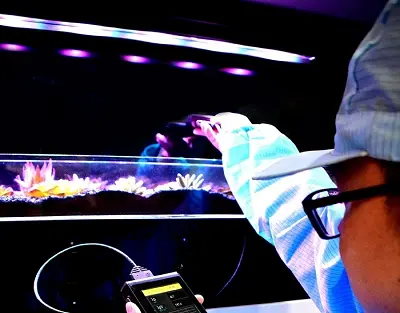
PAR METER for plants: A Must-Have Device for Optimal Plant Growth
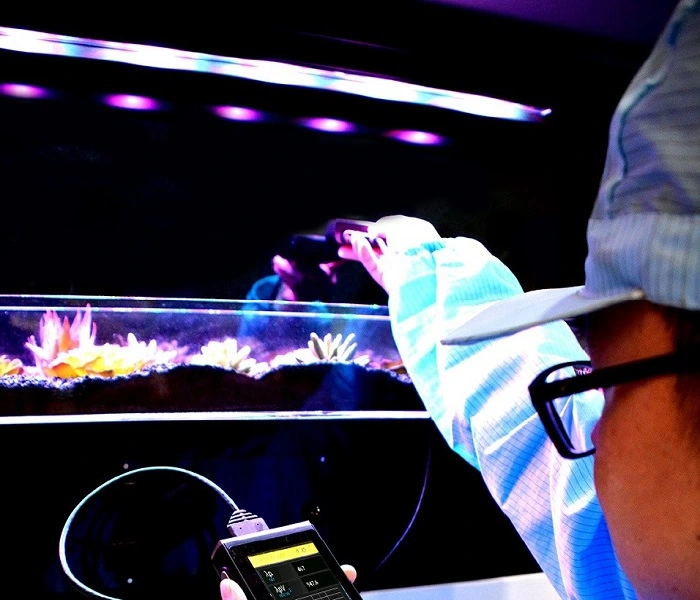
Light intensity is a critical factor that directly affects plant growth and development. As a plant owner or farmer, it is essential to have a reliable method of measuring light intensity to ensure that your plants are receiving the optimal amount of light for healthy growth. One of the most accurate and widely used devices for measuring light intensity for plants is a PAR meter, also known as a Quantum PAR meter.
What is a PAR Meter?
A PAR (Photosynthetically Active Radiation) meter is a specialized device used to measure the intensity of light in the spectral range of 400 to 700 nanometres, which is the range of light that is absorbed by plants for photosynthesis. The unit of measurement for light intensity in a PAR meter is micromoles of photons per square meter per second (µmol m-2 s-1), also known as Photosynthetic Photon Flux Density (PPFD). PPFD is a crucial parameter for determining the amount of light energy available for plants to carry out photosynthesis.
A PAR meter typically consists of a quantum sensor, which is a highly sensitive light sensor that measures the number of photons absorbed by the plants, and a display unit that shows the measured PPFD values in real-time. The sensor is usually connected to the display unit via a cable, allowing for flexibility in measuring light intensity at different heights and positions in a growing area.
Why is Light Intensity Important for Plants?
Light intensity is a critical factor in determining the growth and development of plants. It affects various physiological and biochemical processes, including photosynthesis, photomorphogenesis, flowering, fruiting, and overall plant morphology. Different plant species have different requirements for light intensity, and it is important to provide the optimal amount of light to ensure healthy plant growth.
PPFD and DLI: Two Important Parameters of Light Intensity
PPFD and DLI (Daily Light Integral) are two essential parameters that are measured using a PAR meter to determine the light intensity for plants. PPFD measures the amount of light energy (in µmol m-2 s-1) that is available for photosynthesis at a given point in time.
DLI, on the other hand, is the total amount of light energy (in moles per day) received by a plant over a 24-hour period. It is calculated by integrating the PPFD values measured by a PAR meter over time. Different plants have different DLI requirements, and providing the correct DLI is essential for achieving optimal plant growth and development.
Applications of PAR Meter
PAR meters are widely used in various applications related to plant growth and research. Some of the common applications of PAR meters include:
- Polyhouse
- Field Crops
- Academic research
- Controlled Environment farming
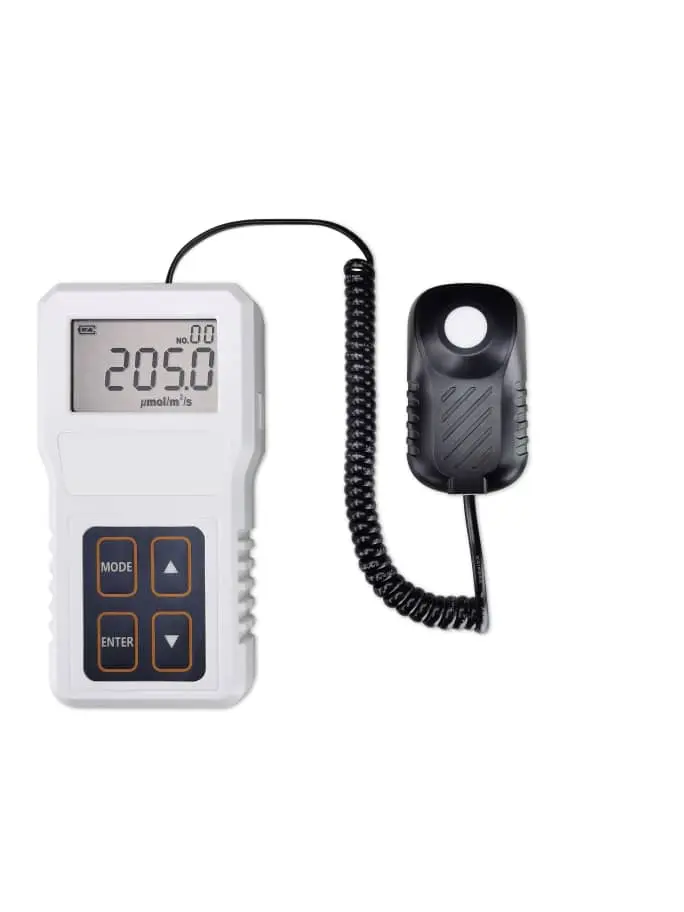
Nexsel also has PAR meter for plants in India. Model Name – NP01 if you wish to know more about it then please write us on [email protected]
NP01: Cost effective, handheld type PAR meter
To relevant other articles
- How to calculate PPFD to DLI : https://www.nexsel.tech/how-to-calculate-ppfd-from-dli.php
- Typical DLI and PPFD values for plants : https://www.nexsel.tech/typical-dli-and-ppfd-values-for-crops.php
- Why LUX values are not for plants https://www.nexsel.tech/what-is-the-difference-between-par-meter-spectrometer-and-lux-meter.php
PAR METER IN INDIA
COST EFFECTIVE PAR METER
PAR METER FOR GREENHOUSE
BEST PAR METER IN INDIA
QUNTUM SENSOR PAR METER
- Blog Categories
- Basic of Artificial Lighting for Plants
- Basic of grow Light
- Case Studies
- General Awareness
- Indoor Vertical Farming
- Medical Plant Research
- Online Tool
- Pitch Grow Light
- Plant Lighting Measurement
- Speed Breeding
- Supplemental Lighting
- Tissue Culture Grow Lights
- Vertical Green Wall
- LED Grow Lights
- Pharma Segment
- General
Popular Products
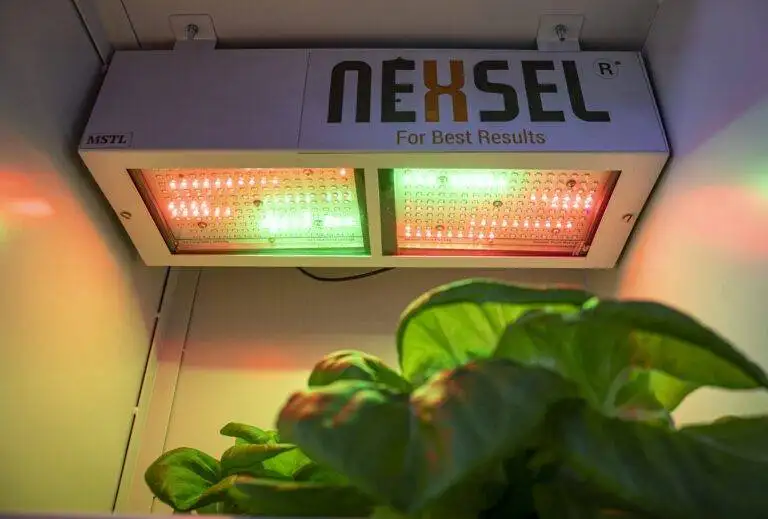
Enquire Now
Quick Link
Other Links
Design & Developed By VBTEK



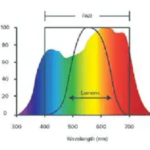
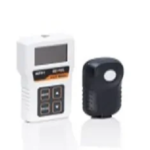
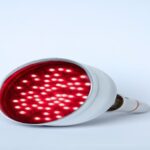
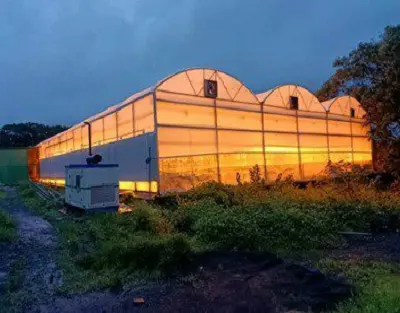
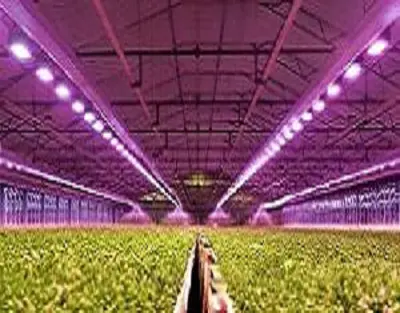
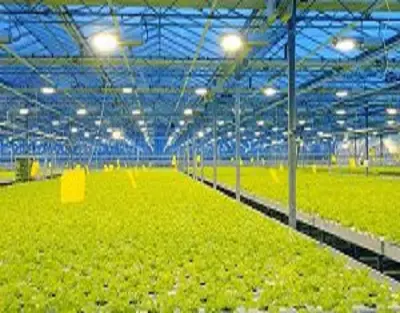

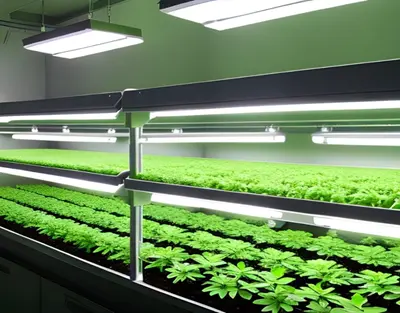
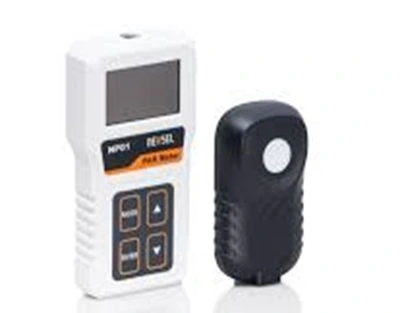
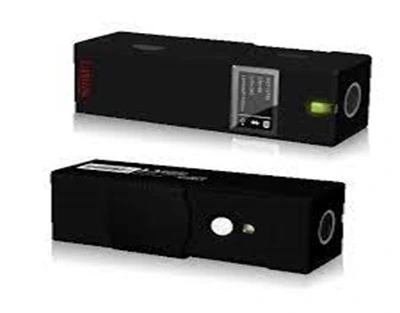
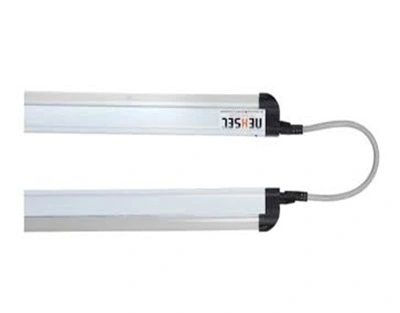
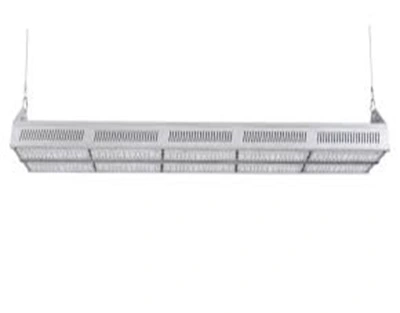
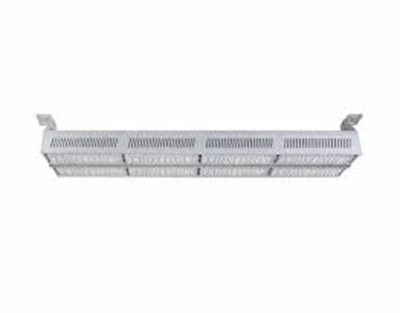
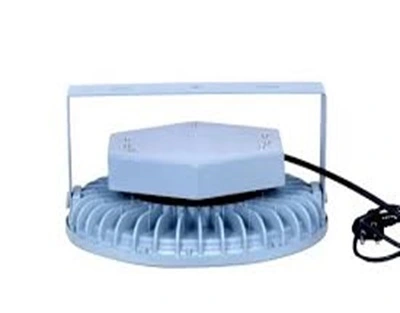
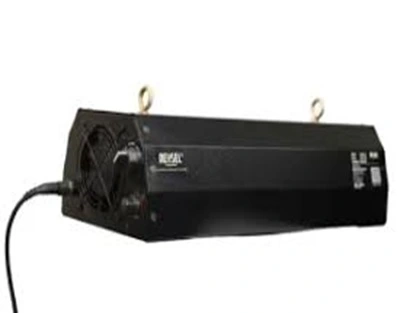
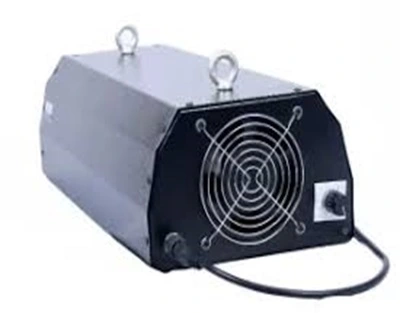
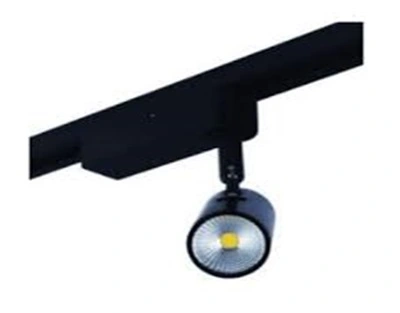
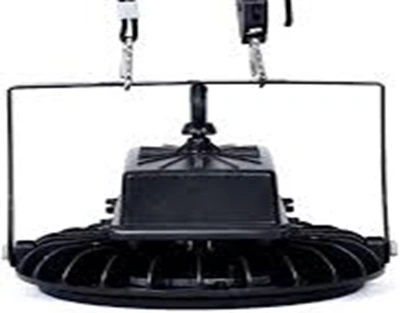
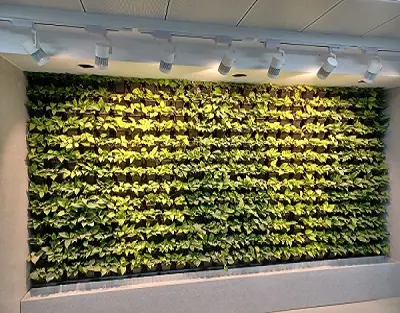
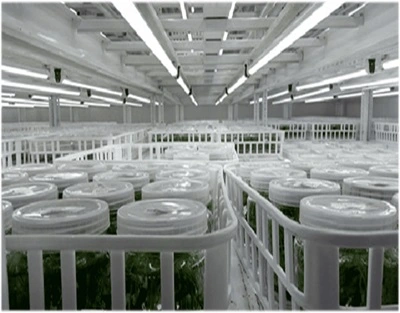
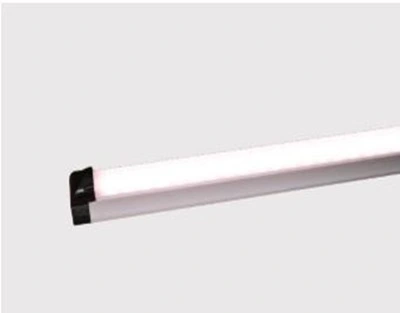
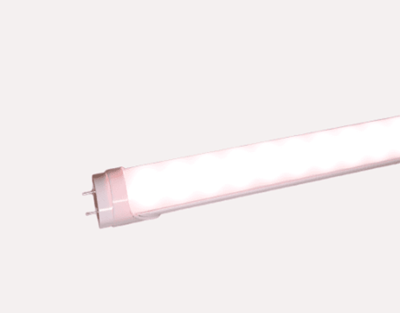
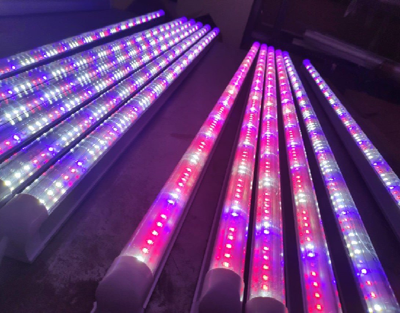
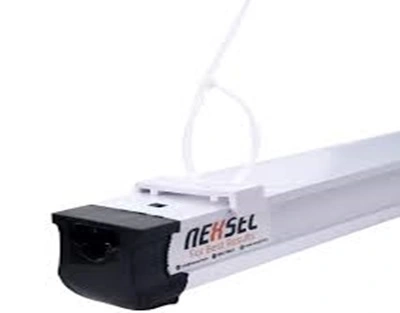
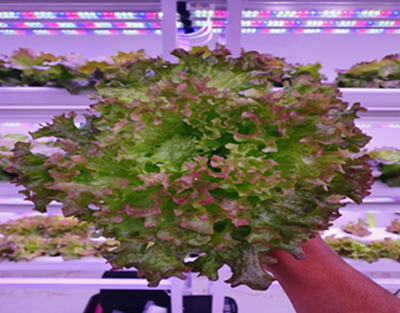

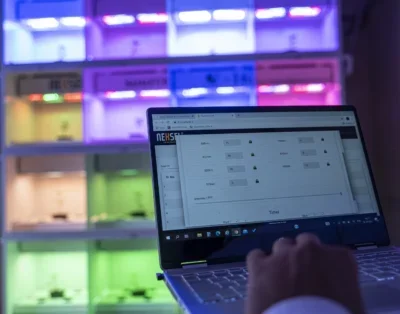


Leave A Comment